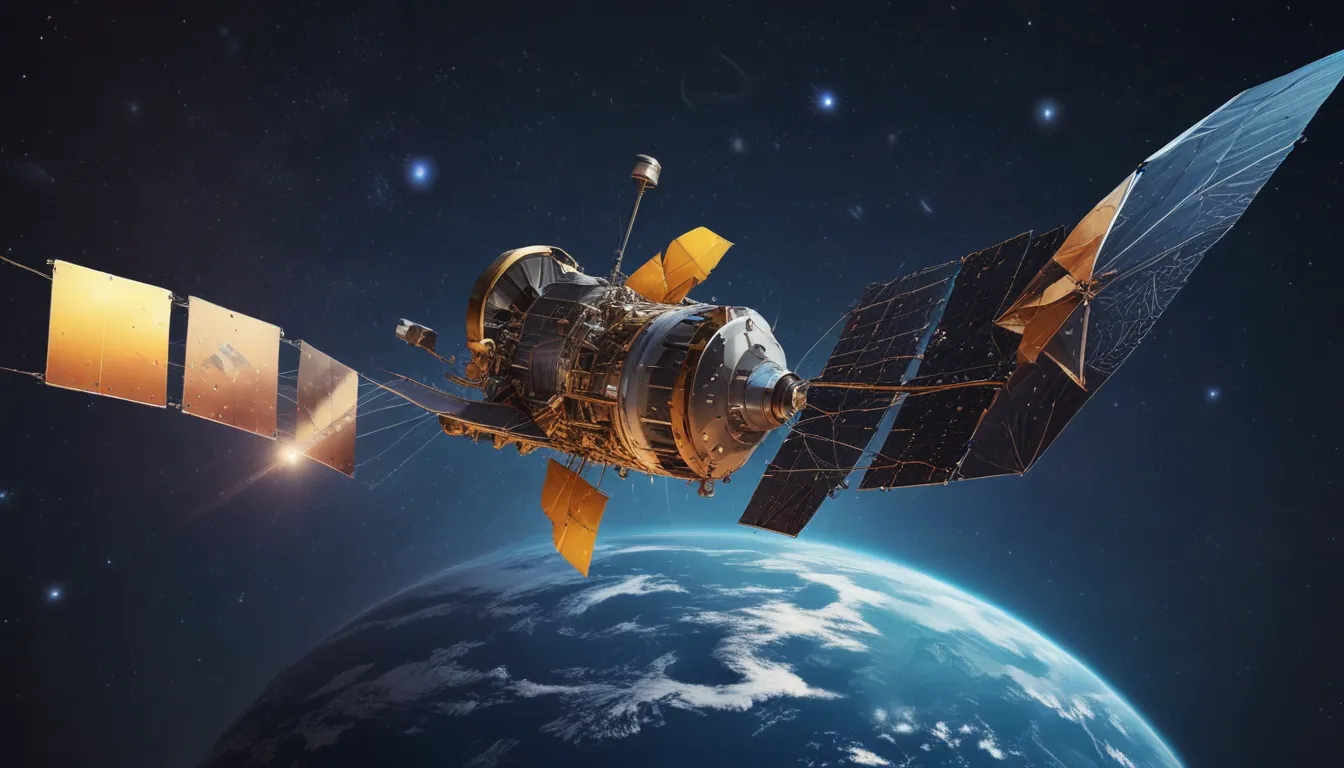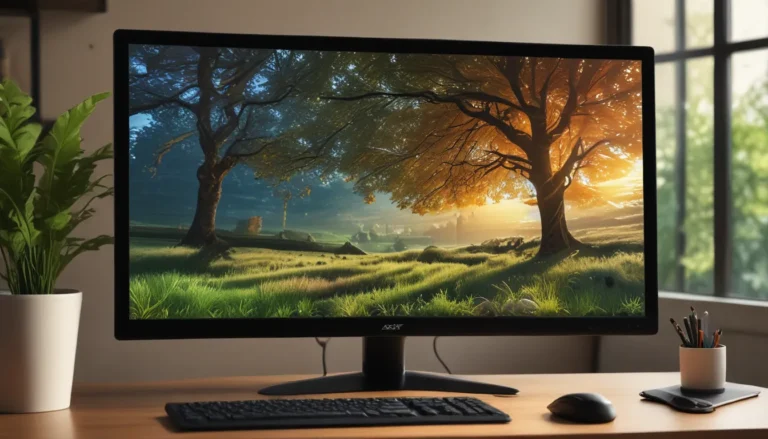A Note About Images: The images used in our articles are for illustration purposes only and may not exactly match the content. They are meant to engage readers, but the text should be relied upon for accurate information.
In our modern world, satellites play a vital role in various aspects of our lives, from communication to navigation, weather forecasting, and scientific research. These man-made objects orbit the Earth, serving as a crucial link that connects us and safeguards our planet. Whether you’re a space enthusiast or simply curious about how satellites impact our daily lives, this article will delve into 11 fascinating facts about satellites, shedding light on their history, functions, and impact on society. Let’s embark on a journey to explore the captivating realm of satellites and uncover the remarkable ways in which they shape our modern existence.
Key Takeaways:
- Satellites are man-made objects orbiting Earth for communication, navigation, and research, shaping our modern world and expanding our understanding of the universe.
- From Sputnik 1 to advanced systems, satellites revolutionize communication, weather monitoring, and space exploration, with potential for even more innovative applications in the future.
Satellites: The Artificial Wonders Orbiting Earth
Satellites are artificial objects placed into orbit around the Earth. These man-made marvels serve various purposes, including communication, navigation, weather monitoring, and scientific research. Designed and launched into space, satellites relay communication signals, capture images of the Earth’s surface, and perform specific tasks crucial to our daily lives.
Unveiling the First Artificial Satellite: Sputnik 1
The first artificial satellite, Sputnik 1, was launched by the Soviet Union in 1957, marking the beginning of the space age. This historic event ignited the space race between the United States and the Soviet Union, leading to advancements in satellite technology and future space exploration endeavors.
Categorizing Satellites Based on Orbits
Satellites can be categorized based on their orbits, including geostationary orbit, low Earth orbit, and polar orbit. Each orbit type serves specific purposes and has unique characteristics suitable for different applications such as communication, Earth observation, and scientific research.
The International Space Station: A Prominent Artificial Satellite
The International Space Station (ISS) is a human-made satellite orbiting Earth. This collaborative project involving multiple countries serves as a research laboratory and symbolizes international cooperation in exploring space.
Satellites in Communication Systems
Satellites play a crucial role in modern communication systems by relaying signals for television, internet, radio, and telephone services. They facilitate global connectivity, enabling long-distance communication across continents and oceans.
GPS Satellites for Precise Navigation
Global Positioning System (GPS) satellites form a constellation in space, providing precise navigation and location information to users worldwide. GPS technology revolutionized navigation in various industries such as transportation, agriculture, and outdoor recreation.
Weather Satellites for Monitoring and Tracking
Weather satellites orbit Earth, capturing images and data to monitor weather patterns, atmospheric conditions, and natural disasters. These satellites play a crucial role in weather forecasting, climate research, and disaster management, contributing to global safety and well-being.
Satellites in Scientific Research and Exploration
Satellites contribute significantly to scientific research by monitoring environmental changes, studying the Earth’s surface, and exploring outer space. They enable scientists to gather data, conduct experiments, and expand our understanding of the universe and beyond.
Evolution of Satellite Technology: Miniaturized Satellites
Advancements in satellite technology have led to the development of miniaturized satellites such as CubeSats. These compact satellites are cost-effective and used for various purposes, including educational projects, scientific experiments, and technology demonstrations.
Space Debris and Satellite Vulnerability
Satellites are vulnerable to space debris and collisions, posing a threat to their operations in orbit. Efforts in collision avoidance and space debris mitigation are essential to safeguard satellites and ensure the sustainability of space activities.
The Future of Satellite Technology: Innovations Ahead
The future of satellite technology holds vast potential for innovative applications and advancements. Continual development in satellite technology promises improved communication systems, enhanced Earth observation capabilities, and expanded space exploration missions, shaping the future of connectivity, scientific discovery, and global infrastructure.
In conclusion, satellites have revolutionized the way we communicate, navigate, observe the Earth, and explore the cosmos. From the early days of Sputnik 1 to the advanced satellite systems orbiting today, these artificial wonders continue to push the boundaries of technological innovation and contribute to various aspects of our daily lives and scientific endeavors. The impact of satellites on our society is profound and enduring, underscoring their significance as a cornerstone of technological progress.
FAQs
-
What is the purpose of satellites?
Satellites serve various purposes, including communication, weather monitoring, scientific research, navigation, and national security. They enable global connectivity and play a crucial role in gathering essential data for diverse applications. -
How do satellites stay in orbit?
Satellites stay in orbit due to a delicate balance between their forward motion and the pull of gravity. This equilibrium allows them to continuously circle the Earth without falling back to the surface.
Reading about satellites can be a fascinating journey into the realm of technology and innovation. As we explore the world above us, satellites continue to illuminate our understanding of the universe and shape our modern existence. Join us in uncovering the incredible capabilities and contributions of these orbiting wonders.






